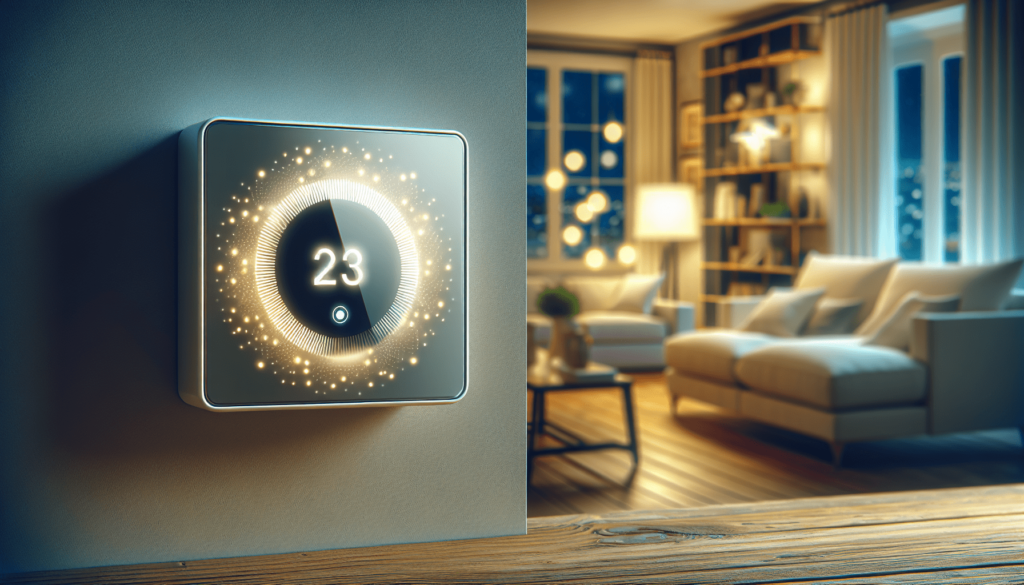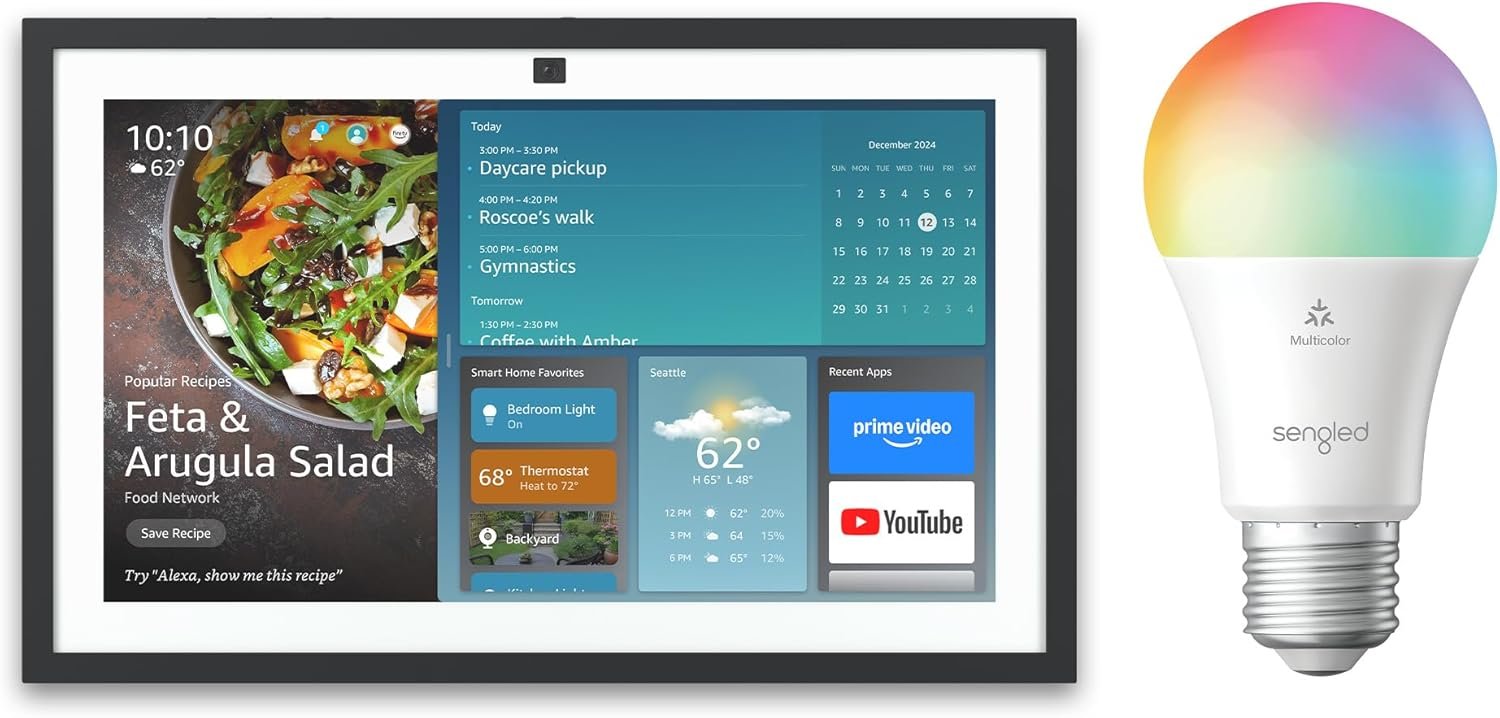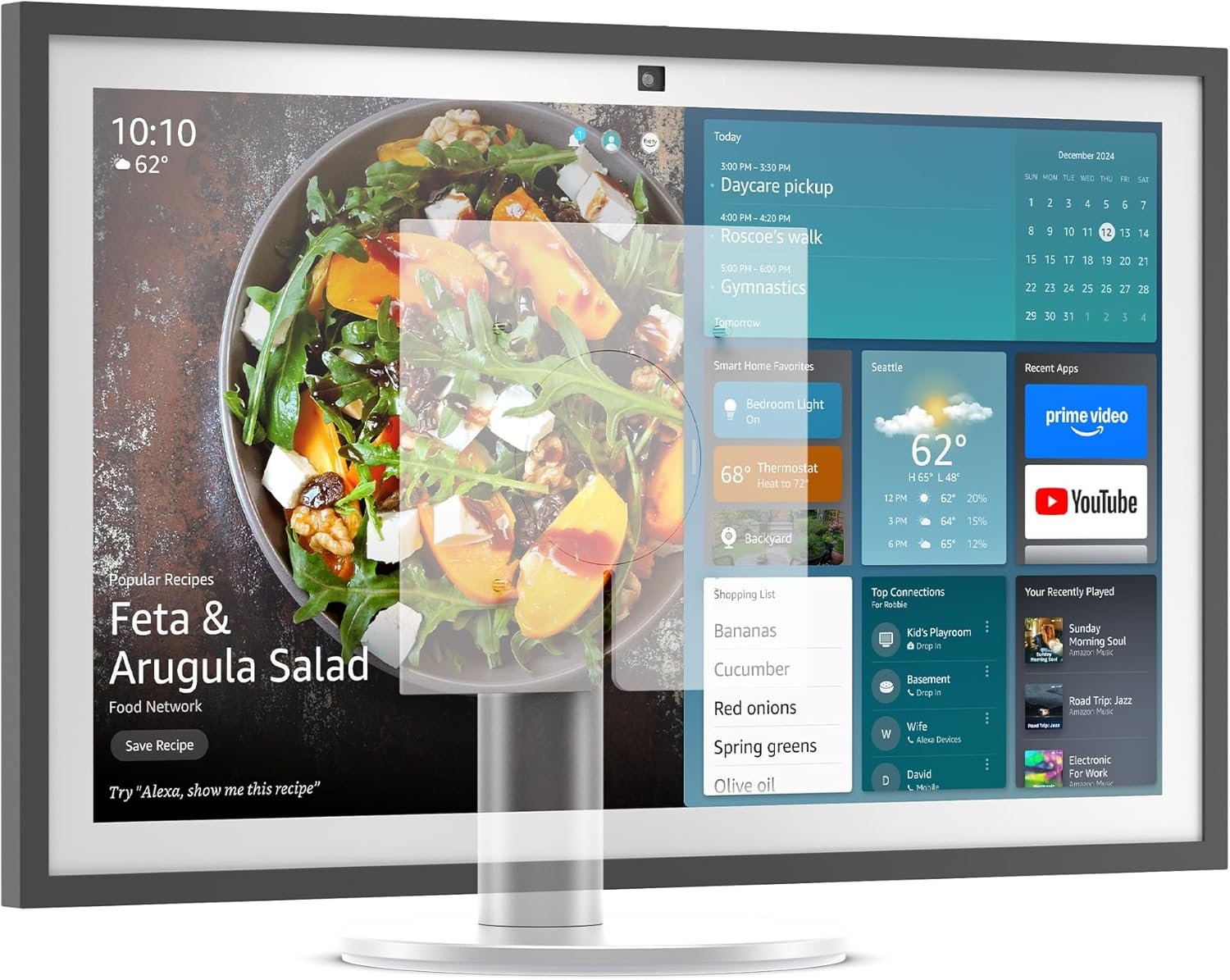Do you really need Wi-Fi for a smart thermostat? This question often comes up among homeowners and renters who are considering upgrading their home automation systems. In the rapidly advancing world of smart home devices, understanding how a smart thermostat functions and whether it requires Wi-Fi to operate can be crucial in making an informed decision. This article will explore the inner workings of smart thermostats, their benefits, and whether they are a cost-effective choice for your home.
Understanding Smart Thermostats
Smart thermostats are innovative devices designed to enhance home comfort and energy efficiency by learning your schedule and adjusting temperatures accordingly without needing constant manual input. These devices have become quite popular as part of a broader movement towards smart homes, where the aim is to automate and control various aspects of the home environment with ease.
How Do Smart Thermostats Work?
Smart thermostats employ sophisticated algorithms to learn your temperature preferences and daily routines. By monitoring your behavior and using data analytics, they can anticipate when to turn the heating or cooling on and off, ensuring optimal energy use. This capability helps maintain comfortable indoor conditions while reducing unnecessary energy consumption.
Do Smart Thermostats Require a Wi-Fi Connection?
Most smart thermostats are designed to work with a Wi-Fi connection. This connectivity allows them to offer remote access through smartphone apps, receive updates, and integrate with other smart home devices. However, not all functionality of a smart thermostat is dependent on Wi-Fi. Basic features, such as local temperature control, can often still operate without an internet connection.
Key Benefits of Smart Thermostats
One of the primary reasons homeowners and renters consider smart thermostats is their potential for energy savings. Beyond cost efficiency, there are several benefits to integrating these devices into your home.
Energy Efficiency and Cost Savings
Smart thermostats can significantly reduce energy bills by optimizing the temperature settings in your home. They calculate the most economical heating and cooling schedule based on your routines. The U.S. Environmental Protection Agency reports that homeowners can save about 8-16% on their energy bills by using a smart thermostat.
Enhanced Comfort and Convenience
Wi-Fi-enabled smart thermostats allow users to control home temperatures remotely. This means you can adjust settings from your smartphone even if you are miles away, ensuring your home is comfortable when you arrive. With features like geofencing, the thermostat can detect when you are close to home and adjust the temperature accordingly.
Integration with Smart Home Systems
Smart thermostats can efficiently integrate with various home automation systems, such as Amazon Alexa, Google Assistant, and Apple HomeKit. This integration offers easy voice control and allows for seamless operation of other smart devices in conjunction with your thermostat.

Installation and Compatibility Considerations
For many, the ease of installation and compatibility with existing systems are key considerations when deciding to purchase a smart thermostat. Let’s delve into how these considerations affect your decision-making process.
Installation Process
Installing a smart thermostat can be a straightforward process, especially for DIY enthusiasts. Many models come with clear instructions and all the necessary components for installation. However, professional installation might be advised for those less comfortable with electrical systems to ensure correct setup and functionality.
Compatibility with Heating and Cooling Systems
Before purchasing a smart thermostat, it’s crucial to verify its compatibility with your existing heating and cooling systems. Some thermostats may not support particular setups, such as baseboard heating or older systems without a C-wire (common wire), required for continuous power. Checking compatibility guidelines is essential to avoid any complications post-purchase.
Exploring Advanced Features
Many smart thermostats come packed with features that enhance functionality and user experience. These advanced features are often the deciding factors for tech-savvy individuals when choosing a smart thermostat.
AI Learning and Predictive Programming
Some smart thermostats use artificial intelligence to learn your habits and preferences over time. Through predictive programming, these devices can automatically adjust temperatures based on your past behavior and current occupancy patterns, ensuring efficient energy usage without manual settings.
Geofencing Capabilities
Geofencing is a feature that utilizes GPS data from your smartphone to determine your proximity to home. By creating a virtual “fence,” the thermostat can activate based on your location—heating or cooling your home before you arrive or adjusting the settings after you leave.
Voice Assistant Integration
Integration with voice assistants like Alexa, Google Assistant, or Siri enables you to adjust your home’s temperature using voice commands. This hands-free operation enhances convenience, making temperature adjustments effortless and intuitive.
Multi-Zone Control
For larger homes, multi-zone control can be a valuable feature. It allows different parts of the house to be regulated independently, providing personalized comfort settings for various areas. This capability also contributes to further energy efficiency by targeting heating and cooling to areas where it’s needed most.

Evaluating the Cost-Effectiveness of Smart Thermostats
When considering smart thermostats, cost is a significant factor. It’s important to understand both the upfront investment and the long-term savings these devices may offer.
Initial Investment and Rebates
The initial cost of a smart thermostat can vary significantly depending on the brand and features offered. Some high-end models can be costly, but many utility companies and government programs offer rebates and incentives for installing energy-efficient devices, reducing the overall cost.
Long-Term Savings Analysis
Over time, smart thermostats can effectively pay for themselves through energy savings. By analyzing utility bills before and after installation, homeowners can gauge the effectiveness of their smart thermostat in reducing energy consumption and costs.
Potential Drawbacks to Consider
While smart thermostats offer numerous advantages, there are potential drawbacks to be aware of before making a purchase.
Reliance on Internet Connectivity
Many features of smart thermostats are dependent on a reliable internet connection. During outages, some advanced capabilities—such as remote access and smartphone notifications—may be unavailable.
Privacy and Security Concerns
Like many smart devices, smart thermostats can be vulnerable to hacking. Ensuring strong network security, using features such as encrypted Wi-Fi, and being mindful of data sharing can mitigate these concerns.
Compatibility and Installation Challenges
As noted, compatibility with existing systems can be an issue. Additionally, those unfamiliar with electrical systems may face challenges with installation, whether due to complex wiring or a lack of necessary experience.
Is a Smart Thermostat the Right Choice for Your Home?
After weighing the benefits against the potential drawbacks, the decision comes down to your specific needs and circumstances. A smart thermostat might be particularly beneficial if:
- You’re keen on reducing energy bills and improving efficiency.
- You value the convenience of remote and automated control.
- Integration with smart home systems is a priority.
- You live in a climate with significant temperature variations and need precise control.
Conversely, if consistent internet connectivity is a challenge, or if your home’s existing system isn’t compatible, other options may need consideration.
Conclusion
Smart thermostats represent a significant step forward in home automation, offering a range of benefits that can lead to improved comfort and energy savings. While a Wi-Fi connection is essential for accessing the full suite of features, smart thermostats can still provide value without all features enabled. Ultimately, the decision to install a smart thermostat should be informed by an assessment of your lifestyle, budget, and home system compatibility. By understanding these factors, you can make a choice that best suits your home’s needs and helps you achieve your energy-saving goals.
Disclosure: As an Amazon Associate, I earn from qualifying purchases.






